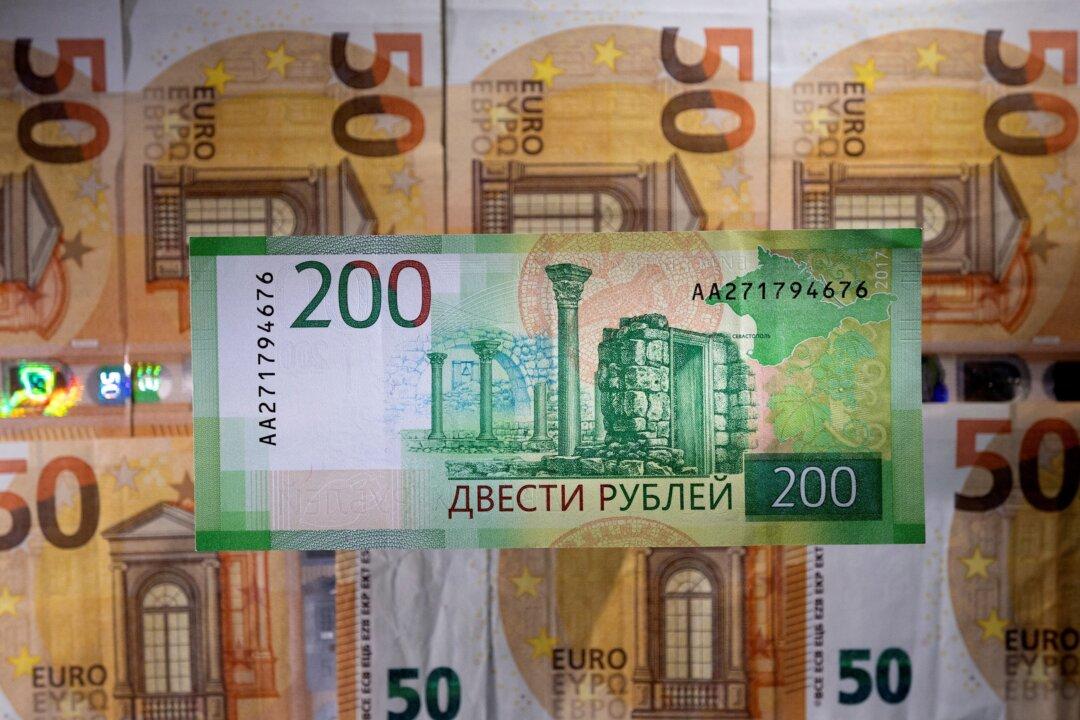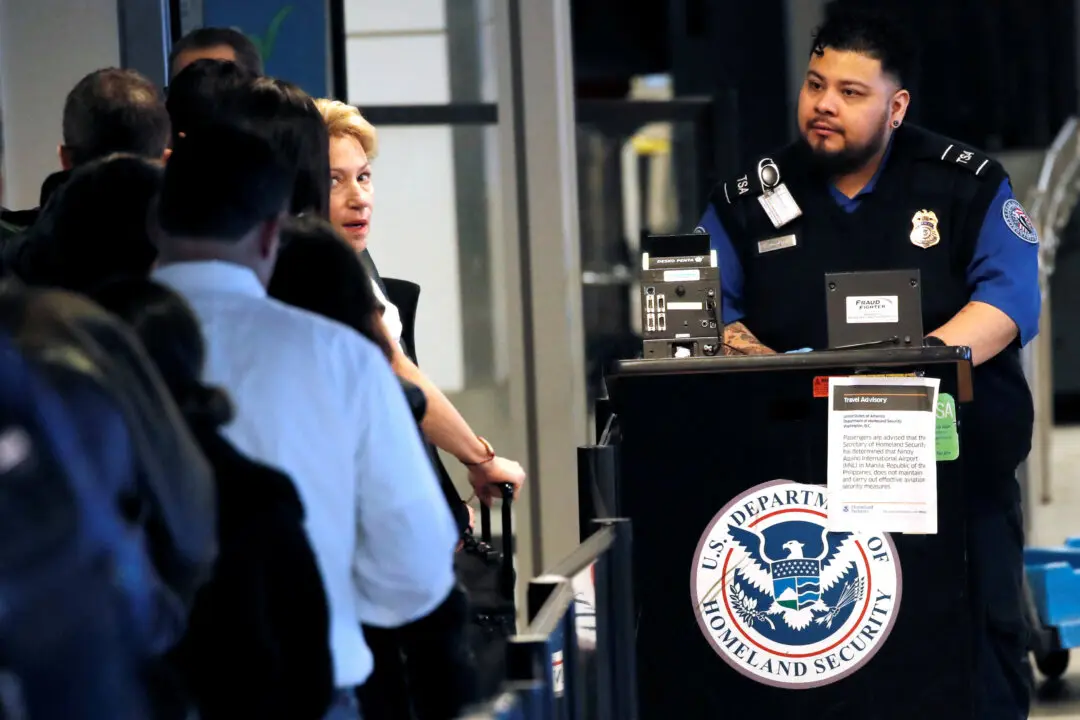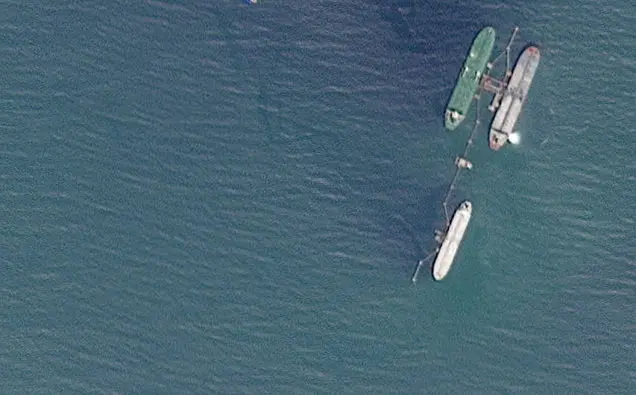The Russian ruble firmed more than 6 percent against the euro on Monday to a near seven-year high, boosted by capital controls, strong oil prices, and an upcoming month-end tax period.
By 1338 GMT, the ruble had gained 6.3 percent to trade at 58.75 versus the euro, its strongest point since early June 2015.





